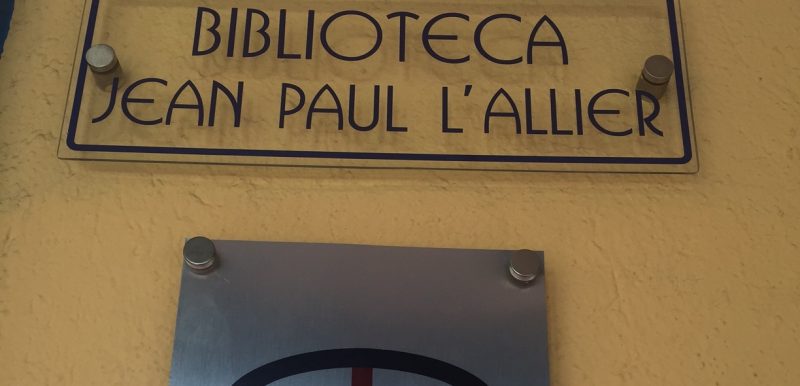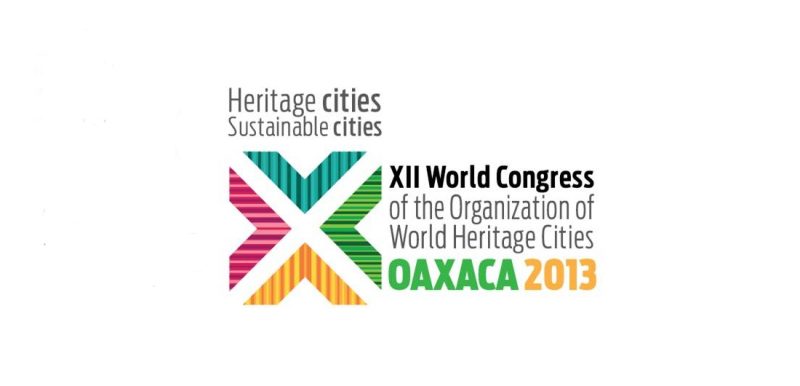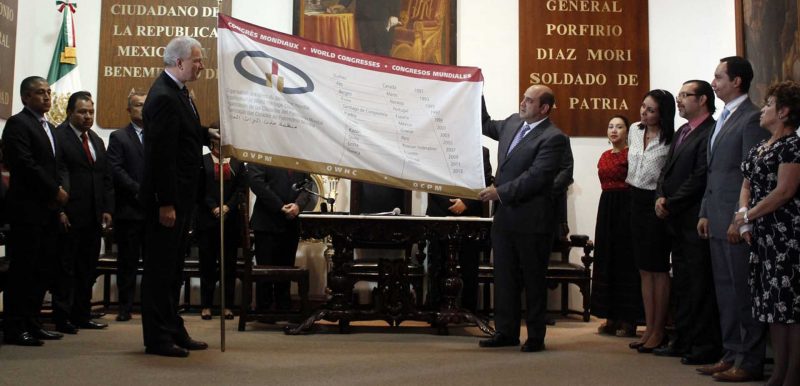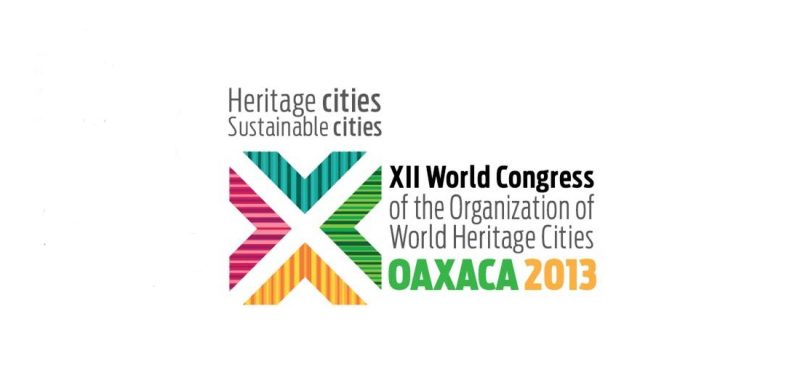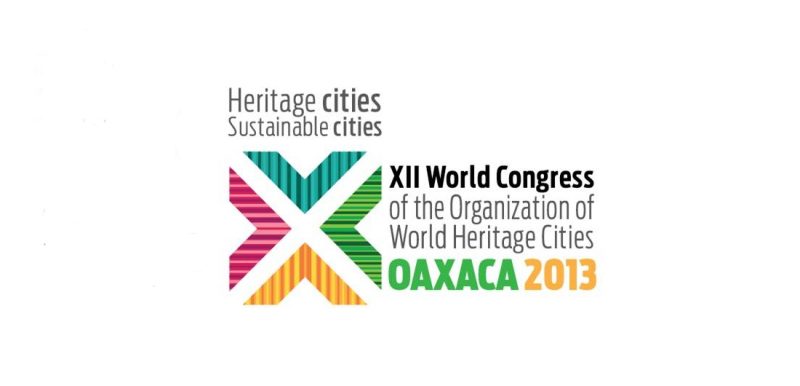Oaxaca, Mexico
General Information
Regional secretariat
Administrative status
Capital of the State of Oaxaca
Historic Centre of Oaxaca and Archaeological Site of Monte Alban
Registration Year
1987
Historical function
Religious and industrial
Location and site
In the south of the Isthmus of Tehuantepec and at the foot of the Sierra Madre del Sur, Oaxaco is located in the valley of the same name at 1,500 m. above sea level. Monte Alban extends along a promontory that rises 500 m. above the valley. A distance of 4 km. (as the crow flies) separates the archaeological site and the historic site.
Urban morphology
In Monte Alban, a rectangular esplanade (300 m. in the east- west direction) was the site of the immense sanctuary of the Zapotecs. Oaxaca – with its gardens, squares, and pedestrian area – is laid out according to a perfectly orthogonal plan: its 172 blocks, each 84 m. x 84 m., provide the framework of the historic centre. In order to account for the exposure of the sun’s rays, the town’s grid is slightly out of line with the direction of the four cardinal points. The Zocalo, or main square at the heart of the city, is located at an equal distance from each of the two rivers that cross the site.
Monte Alban’s urban fabric, which was influenced by Teotihuacan, brings together massive, almost superhuman architecture and large urban spaces. Oaxaca, on the other hand, has the appearance of a small colonial town; its architecture, which is also rather massive and perhaps somewhat defensive, is explained by the threat of earthquakes. The churches, with their Baroque facades and cupolas, are major features in these well- preserved and monumental ensembles of religious and civic architecture.
Registration criteria
Criterion (i): Oaxaca was the first town laid out in the New Spain during the XVI century with square blocks of 100 yards per side and planned from a central square. […] The grid layout of the city of Oaxaca is a unique example of urban planning in New Spain in the XVI century. […]
Criterion (ii): For more than a millennium, Monte Alban exerted considerable influence in the entire cultural area of Oaxaca. Latter-day Oaxaca is a perfect example of a 16th-century colonial town. […]
Criterion (iii): Monte Albán is an outstanding example of a pre-Columbian ceremonial centre in the middle zone of present-day Mexico […].
Criterion (iv): Among some 200 pre-Hispanic archaeological sites inventoried in the valley of Oaxaca, the Monte Alban complex best represents the singular evolution of a region inhabited by a succession of peoples: the Olmecs, Zapotecs and Mixtecs. The City of Oaxaca, with its design as a check board and its iconic architecture, has developed over more than four centuries as evidence of the fusion of two cultures Indian and Spanish.
Historical reference
- The Zapotecan civilization, which developed in the Oaxaca Valley, established Monte Alban as its religious and urban centre.
- By 100 A.D., the Zapotecs built their ceremonial centre. The natural environment, which was finally brought under control, became charged with symbols.
- After the Zapotecs enjoyed a heyday which lasted from the 4th century until the 7th century, their culture and their site suffered a period of decline that began around 800. When threatened by the Mixtecs from the mountains, the Zapotecs fled from the valley.
- In 1486, the Aztecs spread their hegemony throughout the Oaxaca Valley and founded the Huaxyacac stronghold.
- Following a decision of Charles-Quint in 1526, the Spanish created, on the site of Oaxaca, the second colonial city in the country to be modeled on Mexico City.
Photos
News
7 March 2016
Creation of the Library Jean-Paul L’Allier in Oaxaca (Mexico)
Oaxaca, Mexico
Network of Jean-Paul-L’Allier Libraries
Contact
Sr. Francisco Martínez Neri
Presidente Municipal de Oaxaca de Juárez
Municipio de Oaxaca
Plaza de la Danza S/N Centro Histórico
Oaxaca, Oaxaca, México
C.P. 68000
529 515 015 500
[email protected]
Sra. Frida Yolanda Lyle García
Titular de Relaciones Internacionales
Municipio de Oaxaca de Juárez
Plaza de la Danza S/N
Oaxaca, México
68000
529 511 941 162
[email protected]



